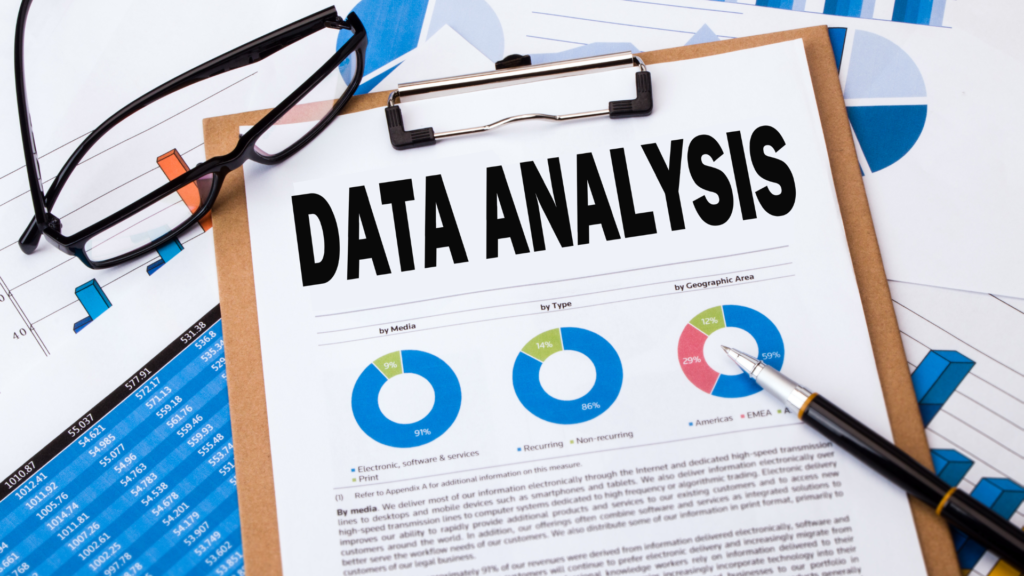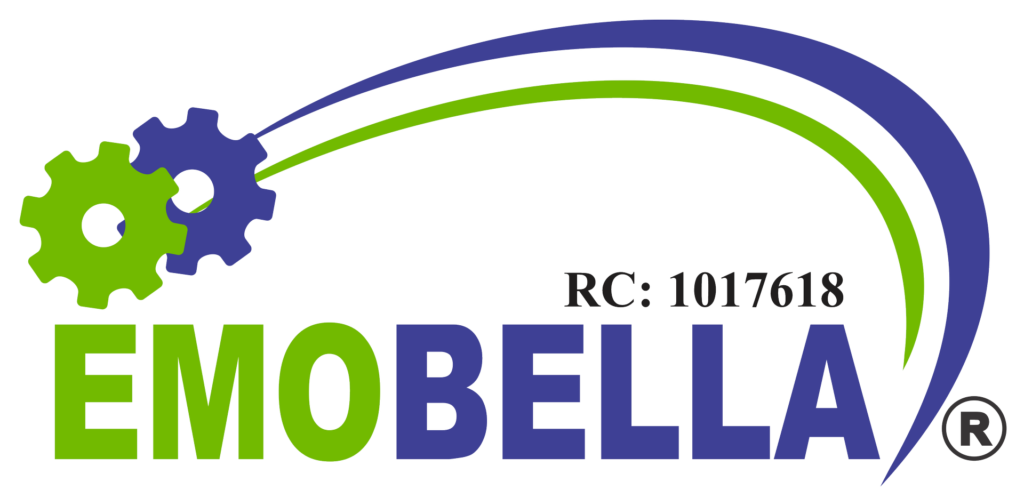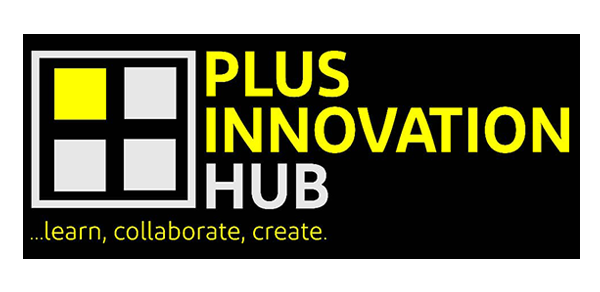Every industry now relies heavily on big data and analytics, but while the need for data scientists increases globally, there is a skills gap that is most acute in Africa. The need for data analysts and scientists is still great, despite the fact that training programs are springing up all over the continent in disciplines of artificial intelligence like machine learning, deep learning, computer vision, speech recognition, neural and natural language processing (NLP). Data scientists and analysts were ranked as the top emerging career in the World Economic Forum’s Future of Jobs Report 2020, closely followed by experts in AI and machine learning and big data.
What is Data Analysis?
Data Analysis is the process of collecting, cleaning, transforming and analyzing data to extract insights that support decision making. The goal of data analysis is to extract useful information from data and make decisions based on that information.
What is the Data Analysis process?
The data analysis process is nothing more than the collection of data using the right software or tool that enables you to study the data and identify patterns in it. Typically, the data analysis process involves several iterative phases. Let’s take a closer look at them.
- Identify: First you need to identify the problem the company is trying to solve. Before you get your hands dirty with data, you should first determine why you need it in the first place. The identification stage is where you determine which questions you will need to answer. For example why are we losing customers or which factors are having a negative impact on the customer experience? Once the questions have been outlined, you are ready to move on to the next step.
- Collect: Data collection is the process of collecting raw data sets that you’ll need to help you answer the identified question. Data collection might come from internal sources, like a company’s client relationship management (CRM) software, or from secondary sources, like government records, social media application programming interfaces (APIs), surveys, interviews, questionnaires, focus groups, among others.
- Clean: Once you’ve gathered all of the necessary information, it’s time to clean it up and set it aside for analysis. Typically, this entails dealing with white spaces and other grammatical problems, removing duplicate and anomalous data, resolving discrepancies, standardizing data structure and format, and purging duplicate and anomalous data.
- Analyze: once the data has been collected, cleaned and processed, it is ready for analysis. By manipulating the data using various data analysis techniques and tools, you can begin to find trends, correlations, variations, and patterns that can help you answer the questions you first thought of in the identify stage. Various technologies assist researchers and average business users with the management of their data. Among them are business intelligence and visualization software, predictive analytics, and data mining.
- Interpret: Last but not least, you must interpret your results. You can express or communicate your data analysis in a variety of ways, including in words, a table, or a chart. Then, based on the results of your data analysis, determine your best course of action.
Types of Data Analysis
Knowing the four forms of data analysis that are frequently used in the industry will help you decide how to analyze your data in the best possible way.
Descriptive Analysis
Any analytical reflection must begin with the descriptive analysis method, and it seeks to answer the question, “What happened?” it does this by organizing, modifying, and interpreting unprocessed data from diverse sources to produce insightful data that is beneficial to your firm.
Diagnostic Analysis
A diagnostic analysis provides an explanation for “why did it happen”. Diagnostic analysis establishes the “why,” while descriptive analysis establishes the “what.” Finding patterns in data behavior is possible with the use of this analysis.
Predictive Analysis
Predictive Analysis uses previous data to show “what is likely to happen.” Data analysts can create predictive models that calculate the probability of an event or outcome in the future based on previous patterns and trends. This is particularly helpful since it enables firms to make plans. So Predictive analysis basically answers the question, “what might happen in the future?”
Prescriptive Analysis
Prescriptive analysis uses all of the insights gained from the previous three types of analysis to make recommendations for how a company should act. Prescriptive analytics examines what has occurred, why it occurred, and what may occur in the future to determine what should be done next. In other words, prescriptive analytics demonstrates how to best capitalize on predicted future outcomes. What precautions can you take to prevent a future problem? What can you do to take advantage of a new trend?
How to become a Data Analyst?
If you decide to pursue a career in Data Analytics as a Data Analyst with no work experience. First you need to have a degree in any relevant field, then you start developing foundational knowledge of Data Analysis. Before you can work as a Data Analyst, you must first develop your technical skills. These are some essential skills you’ll likely need to get hired, whether you’re learning through a degree program, a professional certificate, or on your own. Some of the essential skills are: SQL (Structured Query Language), Data visualization, Data collecting, cleaning and preparation and so on.
Working with data in real-world scenarios is the best way to learn how to find value in it. Examine degree programs or courses that include hands-on projects with real-world data sets. There are also a number of free public data sets available for use in creating your own projects.
If you are thinking of switching from another field to Data Analysis, you need to develop experience by working with data. ETAPA Synergy provides Data Analytics courses that include hands-on projects using real-world data sets. Here, you will learn key skills and gain hands-on experience in an accelerated learning format, be assured that the time you spend learning with us will be focused on the areas where it will be most beneficial to you.







